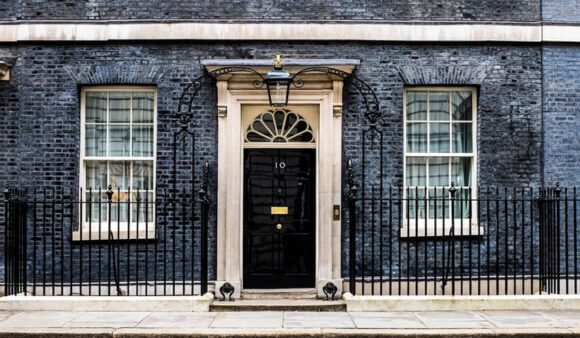Update on the Health and Social Care Levy

On 22 September 2022 the former Chancellor Kwasi Kwarteng announced that the Government would cancel the Health and Social Care Levy.
What is the Health and Social Care Levy?
The levy was introduced on 7 September 2021 by former Prime Minister Boris Johnson. He proposed that a new 1.25% Health and Social Care Levy would be brought in across the UK to fund investment in the NHS and social care.
National Insurance contributions for working age employees, self-employed people and employers was set to increase by 1.25% from 6 April 2022.
It was also announced that from April 2023 National Insurance would return to its current rate and a new health and social care tax would be introduced that would apply to both employers and employees.
In its Economic and Fiscal Outlook published alongside the Autumn 2021 Budget, the Office for Budget Responsibility (OBR) estimated the levy would raise approximately £12.4 billion a year for health and social care over the three years 2022/23 to 2024/25.
When was the new levy cancelled?
However, on 22 September 2022 the former Chancellor Kwasi Kwarteng announced the 1.25% rise in NICs rates, that was implemented on 6 April 2022, would be reversed from 6 November 2022. In addition, the Health and Social Care Levy would be cancelled.
To give effect to these changes the Health and Social Care Levy (Repeal) Bill 2022-23 was introduced on the same day. The Health and Social Care Levy (Repeal) Act 2022 received Royal Assent on 25 October 2022.
Why was the decision reversed?
Many businesses had voiced their concerns about the plans and the scrapping was part of a series of tax cuts.
Nearly 28 million people in the UK benefitted from the cut, retaining an additional £330 in income per year, the Treasury said.
Former Chancellor, Kwasi Kwarteng stated: “Taxing our way to prosperity has never worked. To raise living standards for all, we need to be unapologetic about growing our economy. Cutting tax is crucial to this – and whether businesses reinvest freed-up cash into new machinery, lower prices on shop floors or increased staff wages, the reversal of the levy will help them grow, while also allowing the British public to keep more of what they earn.”
When did most employees see a reduction in National Insurance in their pay?
Most employees received the cut in their November 2022 pay directly via their payroll.
Basic rate taxpayers on average saw a gain of approximately £75 in 2022-23 rising to £175 in 23-24. For higher rate taxpayers, these figures were on average approximately £300 in 2022-23 rising to £700 in 23-24. For additional rate taxpayers, the gain was on average approximately £1,650 in 2022-23 rising to £3,890 in 23-24.




